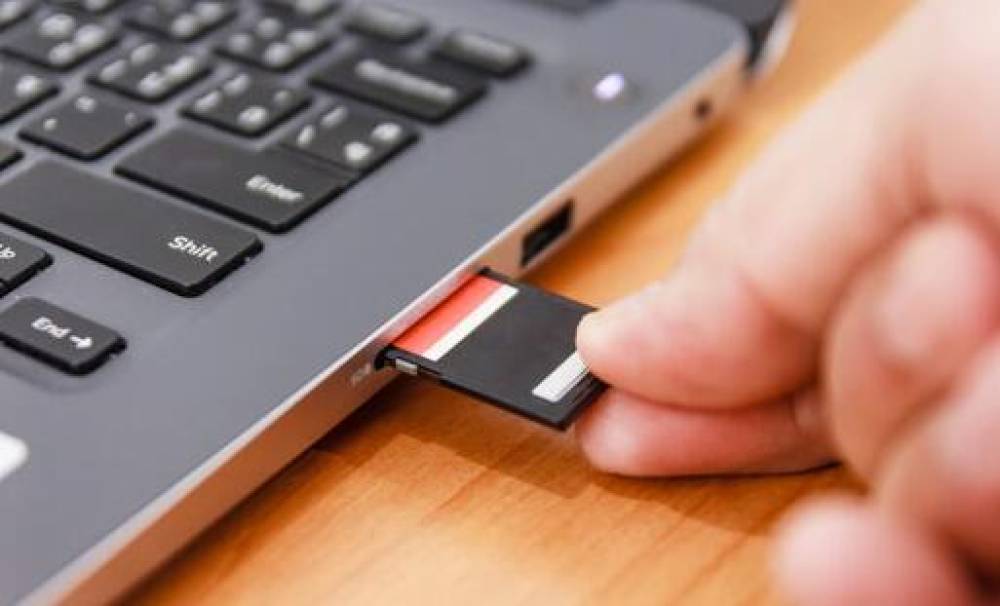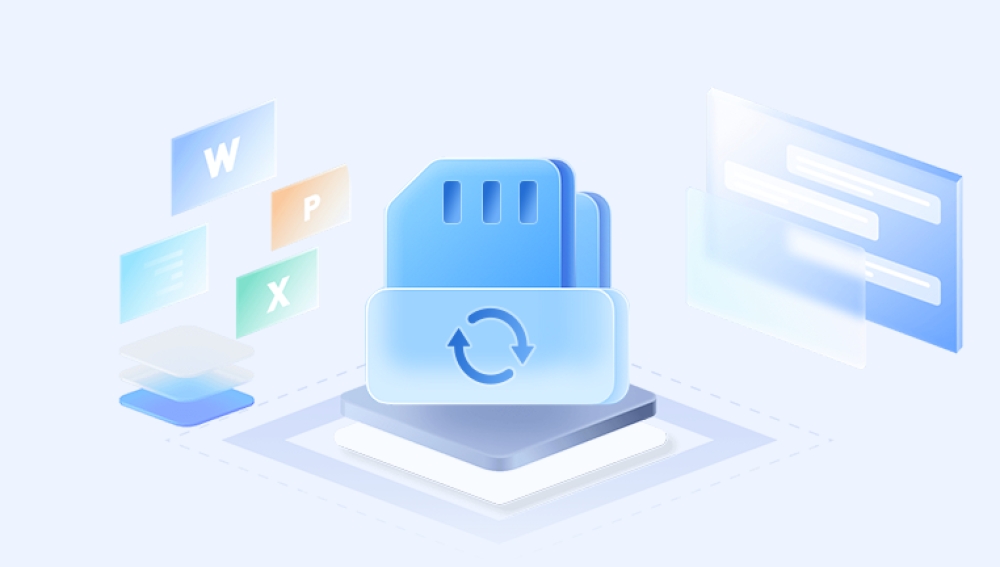Losing precious photos from an SD card can be distressing, especially if they capture special memories or important moments. Whether it's due to accidental deletion, formatting errors, or data corruption, the good news is that you can recover pictures from an SD card for free using the right approach and tools.
Accidental Deletion: This is the most frequent cause. You might delete pictures while managing files on your camera or computer.
Formatting: Formatting an SD card erases all stored data. Even a quick format can result in photo loss.
Corruption: File system corruption due to improper ejection, malware, or aging can make your pictures inaccessible.
Physical Damage: While more severe, some recovery options may still work if the card is partially readable.
Transfer Errors: Interruptions during the file transfer process can lead to missing or incomplete image files.

Precautions to Take Immediately After Photo Loss
The moment you realize your pictures are missing, follow these steps to increase the chance of successful recovery:
Stop Using the SD Card: Continued use may overwrite the lost data.
Avoid Formatting: Even if the device suggests formatting, don’t proceed.
Remove the Card Safely: Use proper ejection techniques to prevent further corruption.
Free Methods to Recover Pictures from an SD Card
There are several effective methods to recover deleted or lost pictures from an SD card for free. Below are the most reliable techniques:
1. Using Free Data Recovery Software
Drecov Data Recovery
Drecov Data Recovery is a trusted, user-friendly software designed to help users recover lost or deleted pictures from SD cards quickly and efficiently. Whether your photos were deleted by accident, lost during formatting, or became inaccessible due to corruption, Panda offers a free and powerful solution tailored to your needs.
To begin, download and install Drecov Data Recovery on your Windows or Mac computer. Once installed, connect your SD card using a card reader. The software will automatically detect the card, allowing you to select it from the list of available drives.
You’ll then have the option to perform a Quick Scan or a Deep Scan. The Quick Scan is ideal for recent deletions, while the Deep Scan thoroughly checks for pictures lost due to formatting or corruption. Once the scan completes, Panda will display a list of recoverable image files in various formats such as JPG, PNG, RAW, and more.
2. Using Command Prompt (Windows Only)
If your SD card is not showing pictures due to logical issues or corruption, you can try recovering them using Windows CMD:
Press Win + R, type cmd, and hit Enter.
Enter the command:
chkdsk X: /f
(Replace X with your SD card’s drive letter.)
If prompted, confirm.
Windows will attempt to fix file system errors. Sometimes, pictures may reappear in a newly created folder.
3. Checking Hidden Files
In some cases, your pictures may not be deleted but hidden. To check:
Open File Explorer.
Click on the View tab.
Check the box for Hidden items.
Browse your SD card to see if the missing pictures reappear.
Compatible Image Formats for Recovery
The free methods mentioned support recovery of a broad range of photo formats including:
JPEG/JPG – Most common image format used by cameras.
PNG – Widely used for digital images.
RAW – Unprocessed images from DSLR cameras.
TIFF, BMP, GIF – Supported by many recovery tools.
Step-by-Step Guide to Recover Pictures Using Drecov Data Recovery
Here is a detailed walkthrough using Drecov Data Recovery:
Download the software from the official website.
Install it following the setup instructions.
Connect the SD card to your computer using a card reader.
Launch Drecov Data Recovery and select the SD card.
Choose Scan Type:
Quick Scan: Faster but may miss deeply buried files.
Deep Scan: Thorough, ideal for formatted or corrupted cards.
Wait for the scan to complete. The software will list all recoverable pictures.
Use the Preview option to confirm image files.
Select and Recover your desired pictures.
Save the recovered files to a different location than the SD card to prevent overwriting.
Tips to Improve Recovery Success
Act quickly after photo loss.
Always preview before restoring files.
Use deep scan if quick scan fails.
Avoid saving new files to the same SD card.
Store recovered files on your PC or an external drive.
Preventing Future Picture Loss
To avoid future scenarios of photo loss:
Back Up Regularly: Use cloud services or external drives.
Use Reliable Hardware: Buy SD cards from trusted brands.
Handle Cards Carefully: Avoid abrupt removal from devices.
Keep Devices Updated: Install firmware updates for cameras and phones.
Run Antivirus Software: Protect from malware that could corrupt storage.
What If the SD Card is Physically Damaged?
Free software can’t recover data from physically broken SD cards. In such cases:
Consult a professional data recovery service.
Do not attempt to repair the card yourself.
Losing pictures from an SD card doesn’t have to mean they’re gone forever. With free, easy-to-use tools like Drecov Data Recovery, Recuva, and PhotoRec, you can restore lost images quickly and efficiently. Acting fast, avoiding overwriting data, and choosing the right recovery method can significantly increase your chances of success. Whether you’ve experienced accidental deletion or unexpected corruption, this guide equips you with the knowledge and tools needed to recover your cherished photos at no cost.
Be proactive in backing up your pictures and treating your SD cards with care to avoid future data loss. If disaster does strike, remember—you’ve got reliable, free solutions right at your fingertips.




